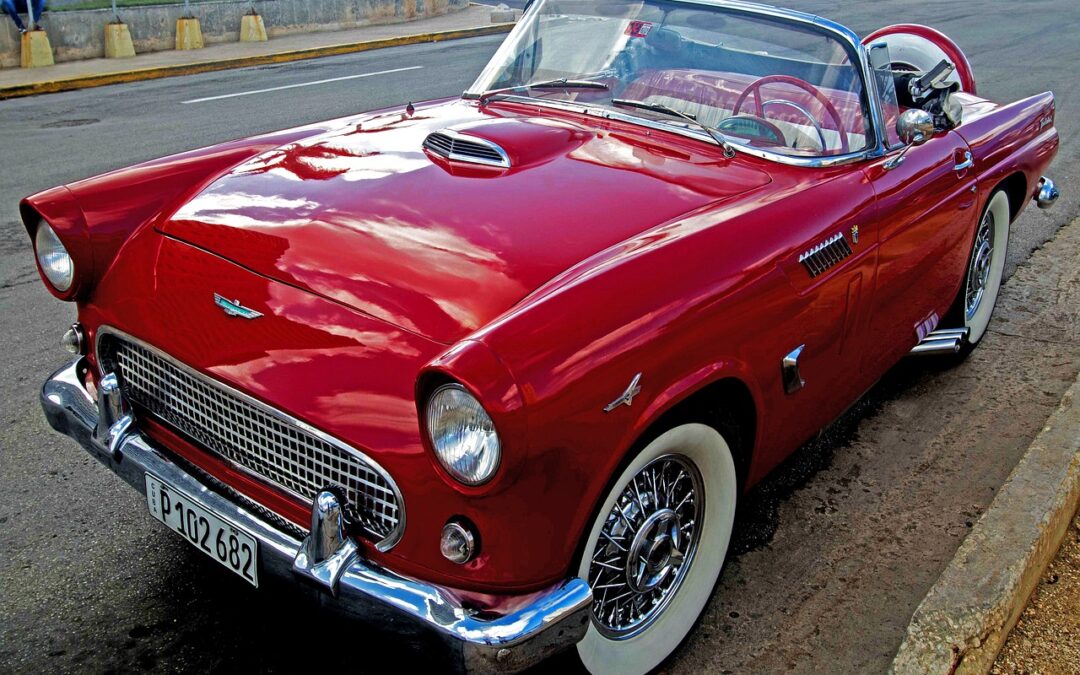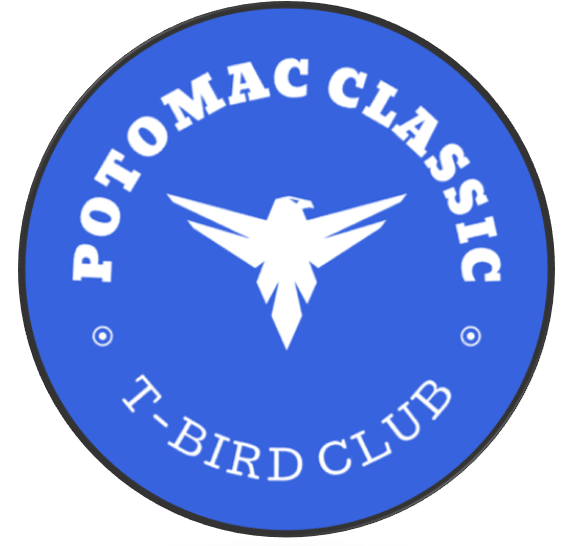
Shine On: The Best Polishing Techniques for Your Vintage Thunderbird
The gleaming chrome and shimmering paint of a vintage Ford Thunderbird can turn heads and stir hearts, but maintaining that showroom shine requires more than just a casual wipe-down. For owners of these classic beauties from the mid-1950s, a proper polishing routine is key to preserving the car’s aesthetic and protecting its value. Here, we dive deep into the best polishing techniques specifically tailored for vintage Thunderbirds, ensuring your vehicle remains as dazzling as it was decades ago.
Understanding Your Thunderbird’s Surface
Before diving into polishing, it’s crucial to understand the materials you’re working with. The 1955-1957 Thunderbird models feature a mix of steel body panels, chrome trim, and glass that each require special care:
- Paint: Older Thunderbirds often have enamel or lacquer finishes, which are not as durable as modern urethane paints.
- Chrome: Chrome plating on bumpers and grilles needs gentle handling to avoid scratches and pitting.
- Glass: Windows and windshield require non-abrasive cleaners to prevent scratches.
Preparing Your Thunderbird for Polishing
Proper preparation is the foundation of any great polishing job. Start by thoroughly washing your car to remove dirt, grime, and other surface contaminants. Use a high-quality, pH-balanced car shampoo that will cleanse without stripping wax or damaging the paint. Dry the vehicle completely with a microfiber towel to avoid water spots.
Next, consider using a clay bar over the surface of your Thunderbird. This will pick up and remove finer particles and contaminants that a normal wash can’t, leaving you with a truly clean slate for polishing.
Choosing the Right Polishing Products
Selecting the right polish is critical:
- Paint Type: Determine if your Thunderbird has an original paint job or if it has been repainted with a modern formula. For classic paints like lacquer or enamel, use a gentle, non-abrasive polish designed for these finishes.
- Polish vs. Wax: Understand that polish is used to remove small surface imperfections and restore shine, while wax is used to protect the finish and enhance depth.
- Tools: Foam or microfiber applicator pads can be used for manual polishing, but for a more uniform shine, consider using a dual-action polisher. These machines can prevent the buildup of excessive heat and help avoid swirl marks.
Polishing Techniques
Start with a small, inconspicuous area to test your polish and ensure it does not damage the finish. Once you’ve established the safety of the product:
- Work in Sections: Divide your car into manageable sections (e.g., hood, doors, trunk), and apply polish one section at a time.
- Amount of Polish: Use only a small amount of polish on your applicator pad. A little goes a long way, and excessive amounts can create a messy buildup.
- Circular Motions: Use small, circular motions to apply the polish evenly across the surface. Avoid pressing too hard, which can cause uneven application.
- Buffing: After applying polish, buff the area with a clean microfiber cloth to bring out the shine. Turn the cloth frequently to ensure you’re always using a clean section.
Special Considerations for Chrome and Glass
Chrome and glass require their own specific techniques:
- Chrome: Use a chrome polish and a soft cloth. Apply gently to avoid scratching the surface. Chrome polish not only cleans the metal but also leaves a thin protective layer to help prevent rust and tarnishing.
- Glass: Use a glass polish that specifically states it is safe for automotive use. Apply with a microfiber cloth designed for glass cleaning, which will reduce the chances of streaking.
Maintenance Between Polishes
Keeping your Thunderbird looking great between polishes means regular maintenance:
- Wash Regularly: Regular washing prevents the buildup of dirt and contaminants that can scratch the paint when polishing.
- Waxing: Apply a high-quality wax every few months to protect the polish and maintain the shine.
- Storage: Whenever possible, store your Thunderbird in a garage or under a car cover to protect it from elements that can dull and damage the finish.
Conclusion
Polishing your vintage Thunderbird isn’t just about aesthetics; it’s about preservation. Regularly polishing your car not only keeps it looking pristine but also protects the investment you’ve made in your classic piece of automotive history. With the right techniques and a bit of elbow grease, your Thunderbird will continue to shine brightly, reflecting its era’s unmatched style and your dedication to its care.
References
- Meguiar’s Car Care Products – A trusted source for high-quality polishes and waxes suitable for vintage car finishes.
- Classic Car Restoration Club – Offers detailed guides and tips for maintaining classic cars.
- Hemmings Motor News – Provides articles on the best products and practices for car detailing, specifically for classic models.
By leveraging these resources and following the outlined steps, you ensure that your Thunderbird’s polish is both effective and safe, preserving its charm for years to come.




